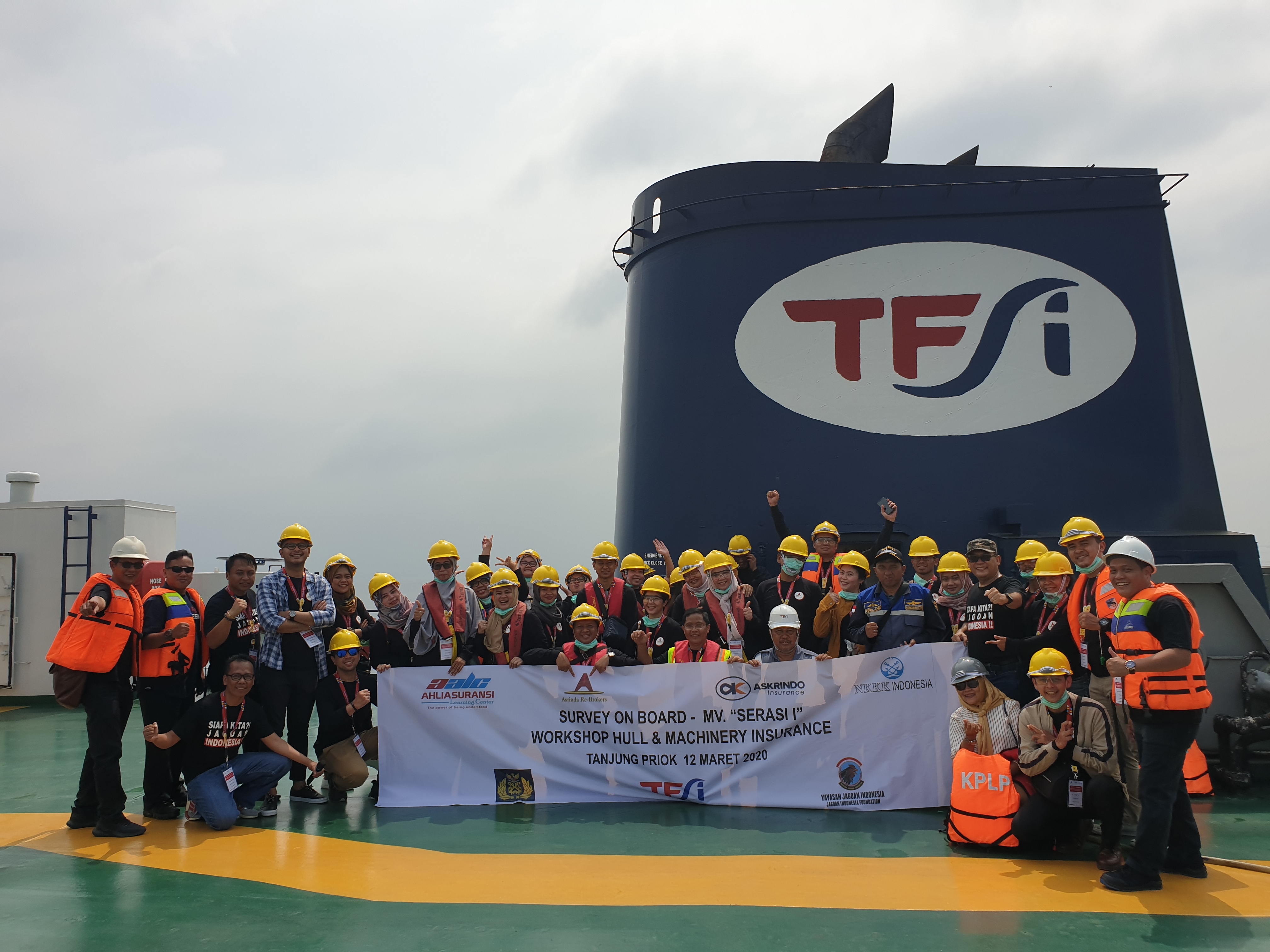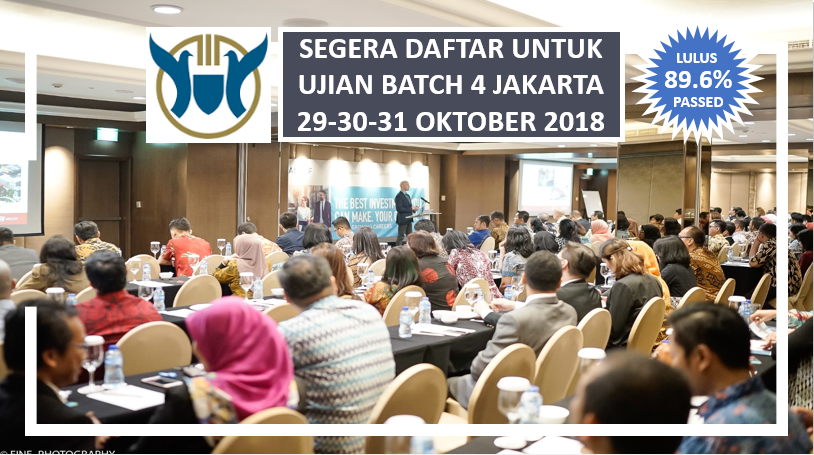What is the difference between Workmen’s Compensation and Employer’s Liability?
- Friday, November 23, 2012, 10:22
- Workmen's Compensation, Workmen's Compensation
- 1 comment
What is the difference between Worker’s Compensation and Employer’s Liability?
This explanation is as far as my understanding goes. Please feel free to add to this one. I have 2 points that I think differentiates the two.
(1) In Workers compensation, it is sufficient if the Worker has sustained an injury because of work or on the work premises. Coverage exists irrespective of who was at fault. In Employer’s liability, the worker needs to prove that the injury resulted from the employer’s negligence. The employee or family member (or dependent) needs to prove that a duty was owned to them and that it was breached; an injury occurred and the breach was the closest cause for the occurrence.
(2)The limits in WC are set by the state statutes. The limits in EL are specified.
In short, EL bridges the gap between WC and general liability.
Workmen’s Compensation & Employers Liability
Workmen’s Compensation adalah Asuransi Tenaga Kerja yang memberikan perlindungan dengan skala benefit yang lebih besar dari Jamsostek, skala benefit dapat disesuaikan dengan kemampuan perusahaan dalam memberikan “kenyamanan” terhadap tenaga kerja, Skala benefit yang paling populer adalah yang dikenal dengan nama “Pertamina Benefits”
Employers Liability adalah Tanggung Jawab Hukum Pemberi Kerja (employers) terhadap Tenaga Kerja (employees) sehubungan dengan kecelakaan kerja (bodily injury) atau penyakit (disease) yang diakibatkan oleh kelalaian pemberi kerja didalam menyediakan standard keamanan yang seharusnya disediakan atau dipersyaratkan oleh undang-undang atau peraturan yang berlaku.
Tanggung Jawab Hukum Pemberi Kerja (Employers Liability) dalam hal ini adalah diluar santunan dari Jamsostek, Workmen Compensation, Personal Accident yang memang menjadi hak Tenaga Kerja.
Berikut contoh Quotation – Workmen Compensation & Employers Liability
What is the difference between employers liability ins. and workers compensation ins.?
Employers liability is usually Part 2 of a standard Workers Compensation policy. Part 1 of the policy provides for workers compensation insurance. This is, basically, a “no-fault” type of coverage. An injured employee does not have to sue his employer if he is injured on the job in order to collect benefits. The WC insurance pays for medical expenses and lost wages. It does not pay for “consequential” damages such as pain & suffering, loss of consortium, etc.
Employers liability coverage pays for other damages the employer may be found legally responsible for due to an employee’s injury. These may include wrongful death, damages for care or loss of services, consequential injury to a spouse, child ,etc. These would result from a lawsuit filed by the employee or a third party. Because workers compensation is designed to be a “no-fault” type of coverage, it is usually very difficult for an employer to be found liable for these consequential damages. Generally, the employer would have to intentionaly injured an employee or have forced the employee to perform a certain task that would almost certainly injure the employee.
Employers Liability should NOT be confused with General Liability as it involves only injuries to employees. General Liability insurance is coverage for a business owners liability to third parties (not employees) for customers falling on the premises, defective products, etc.
[dicopy dari berbagai sumber by Imam MUSJAB]
baca juga:
Asuransi Pekerja: Jamsostek, Workmen Compensation, Personal Accident vs Employers Liability
About the Author
One Comment on “What is the difference between Workmen’s Compensation and Employer’s Liability?”
Write a Comment
Gravatars are small images that can show your personality. You can get your gravatar for free today!






tkw53l